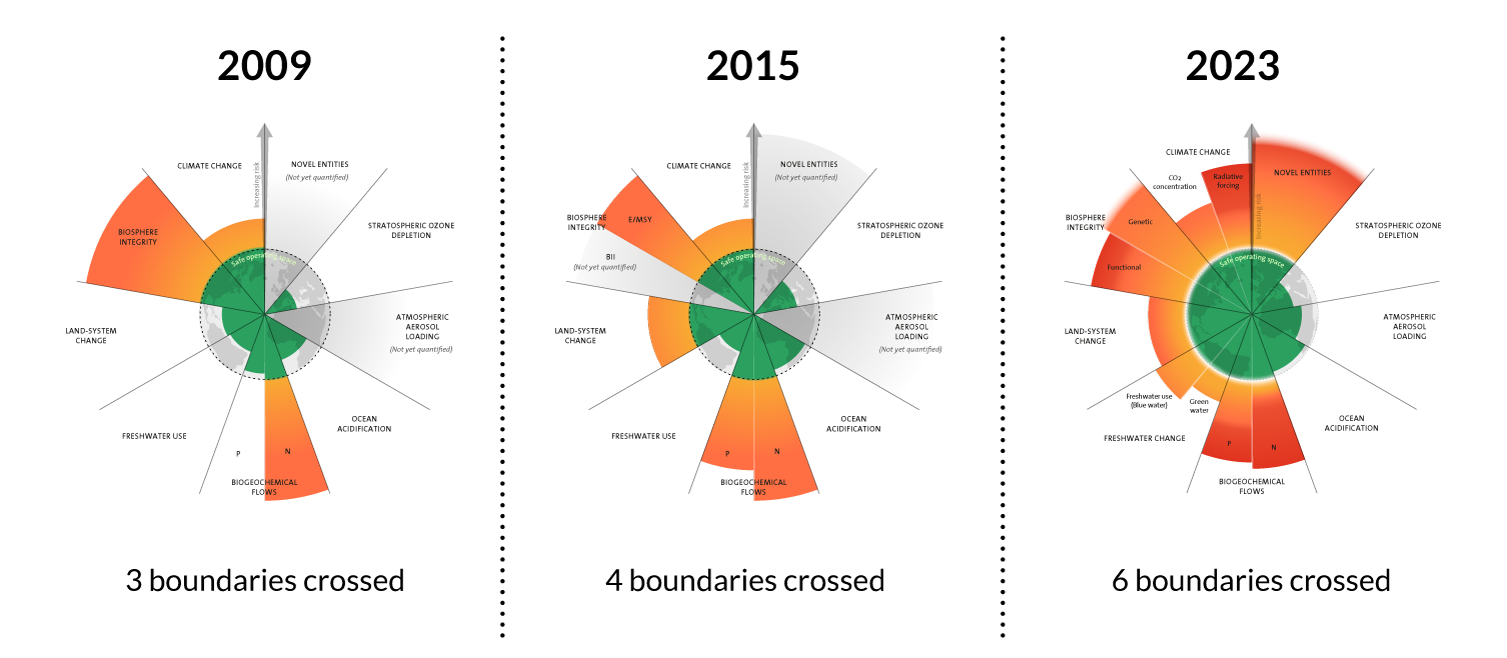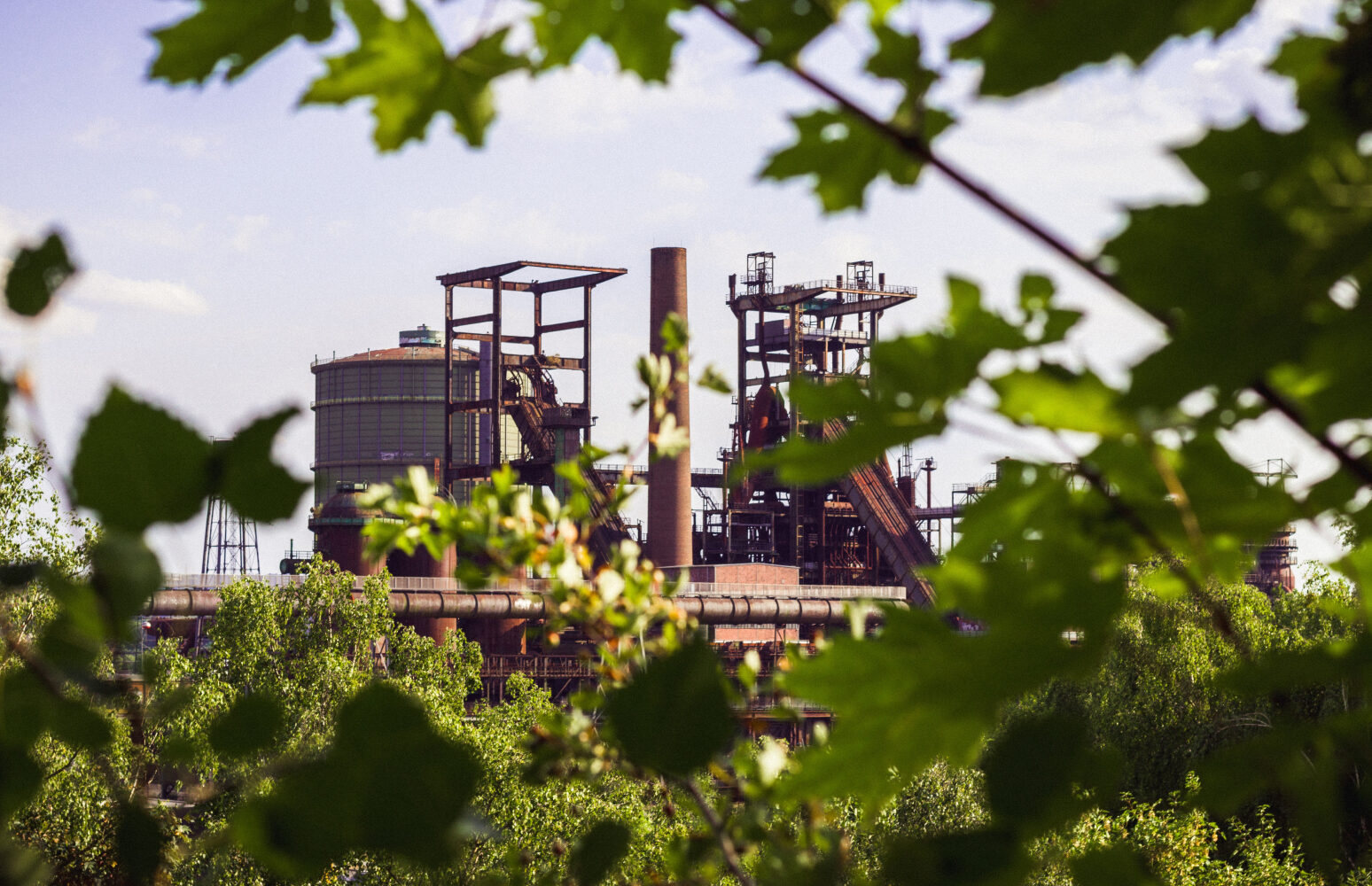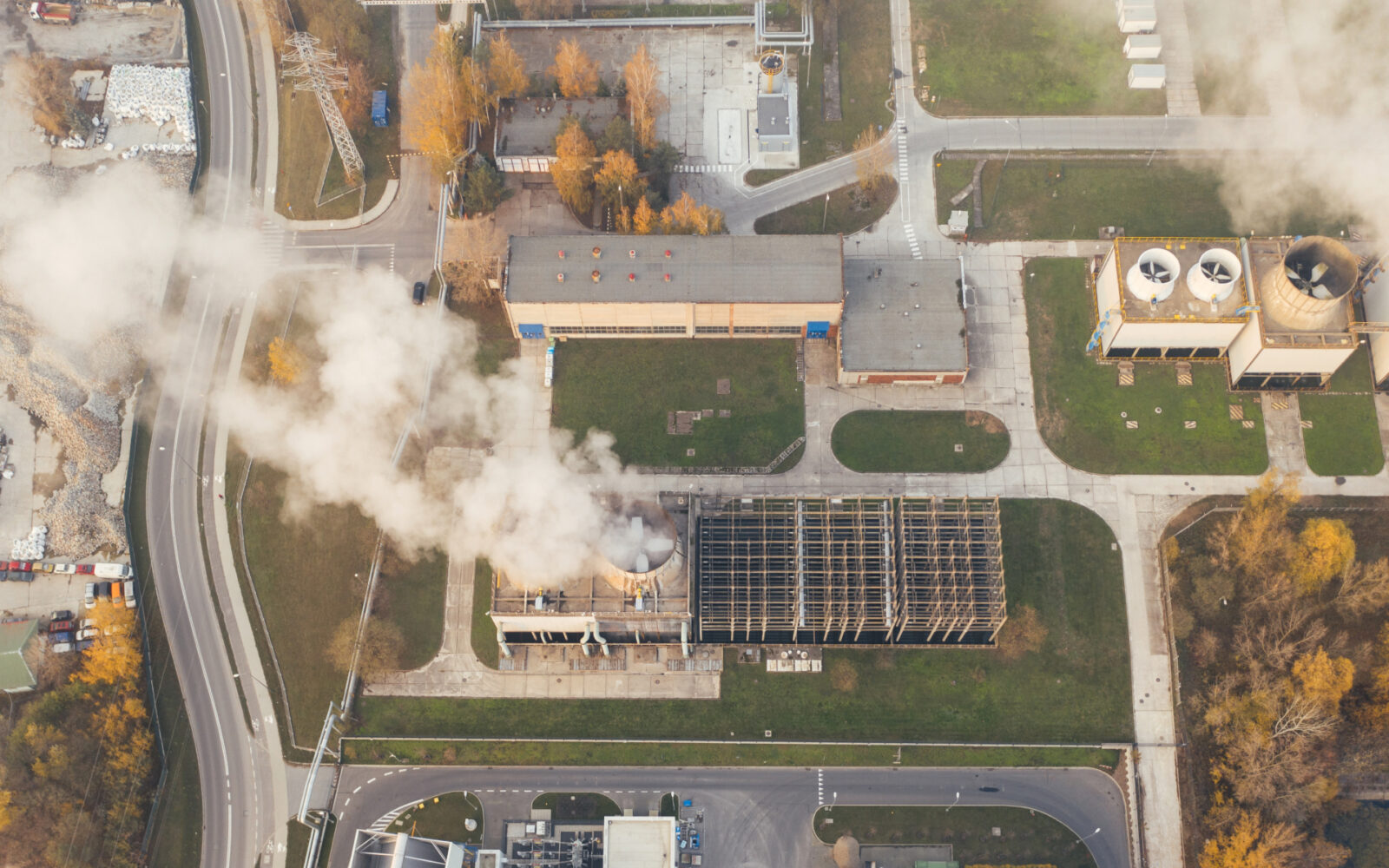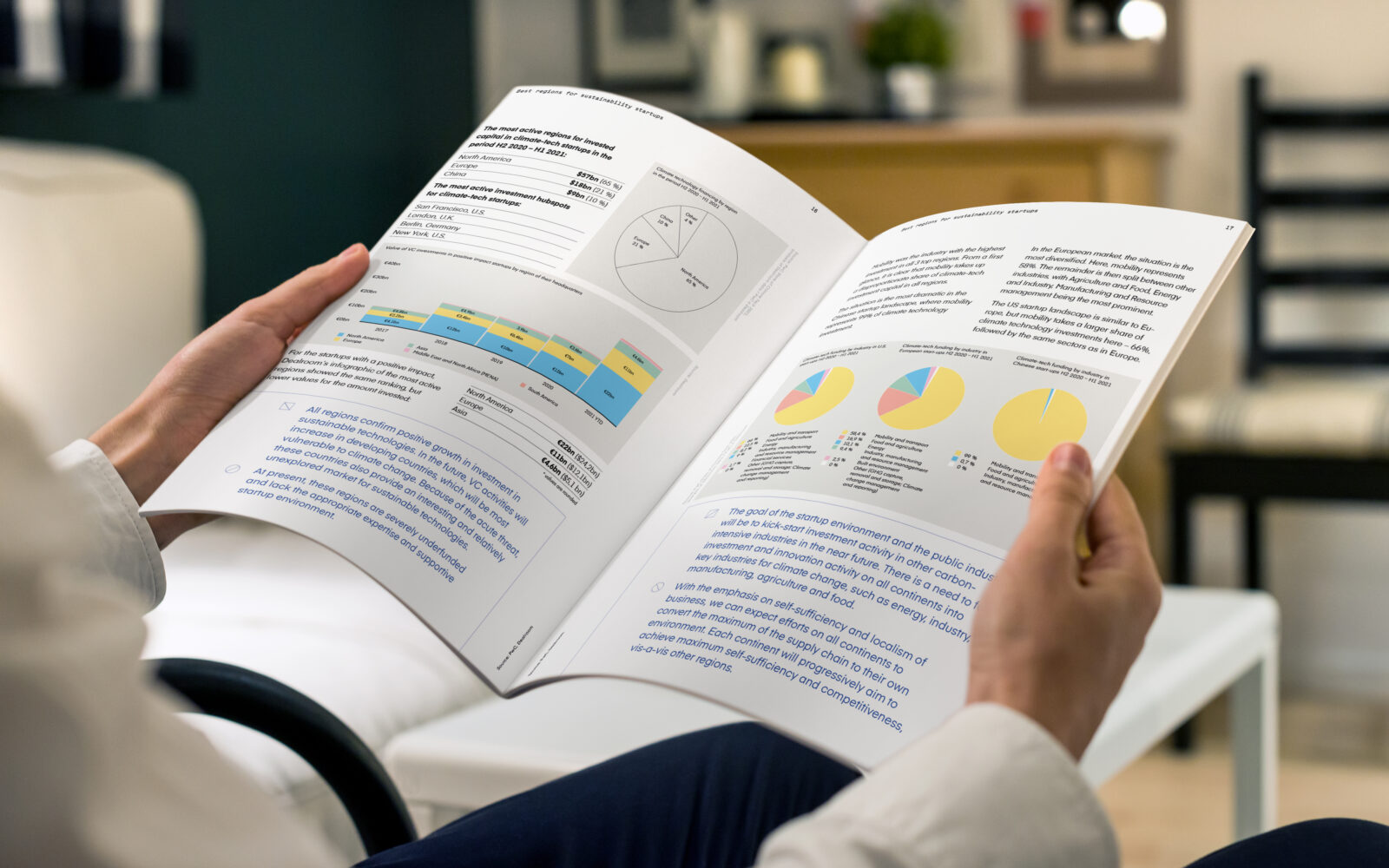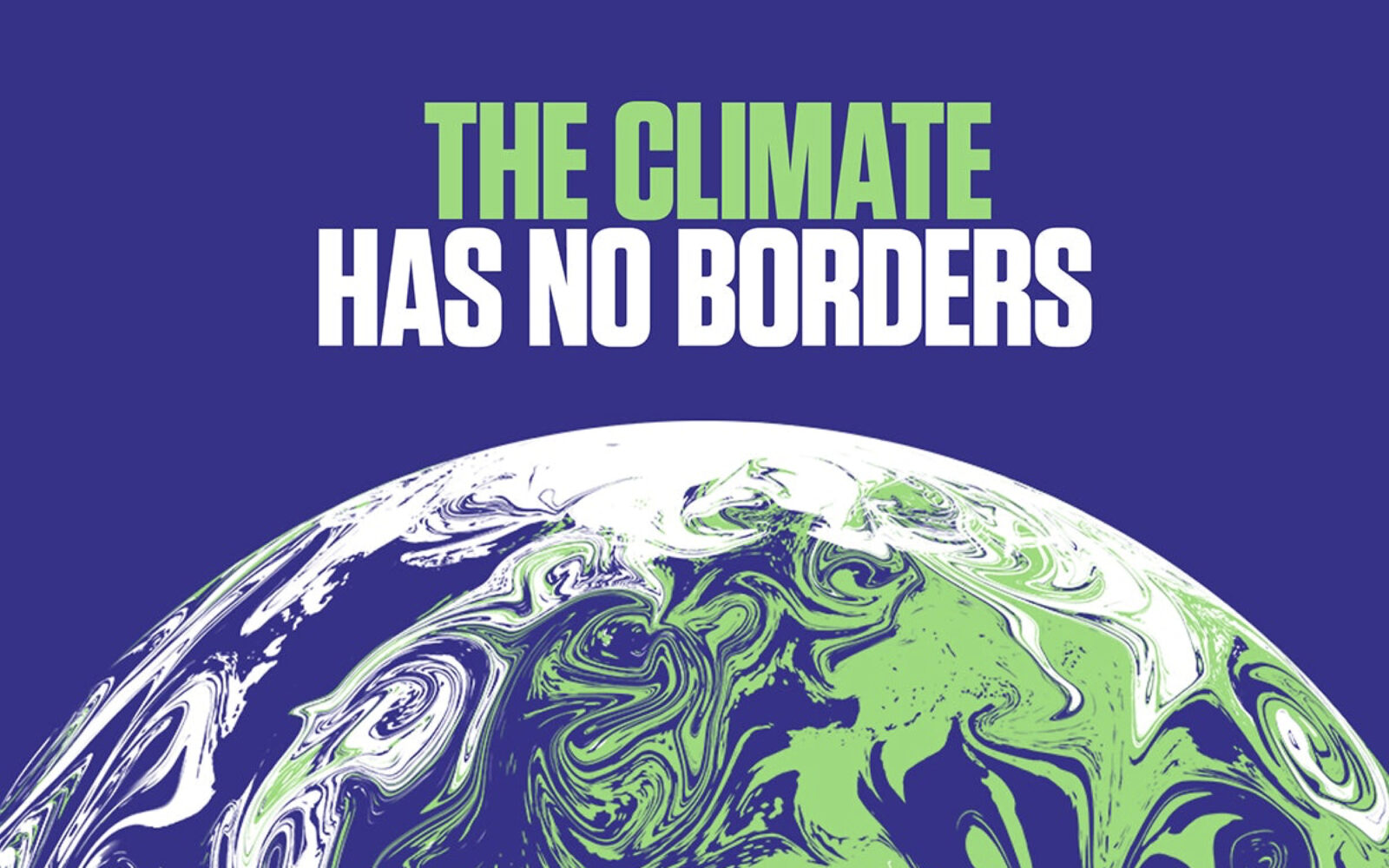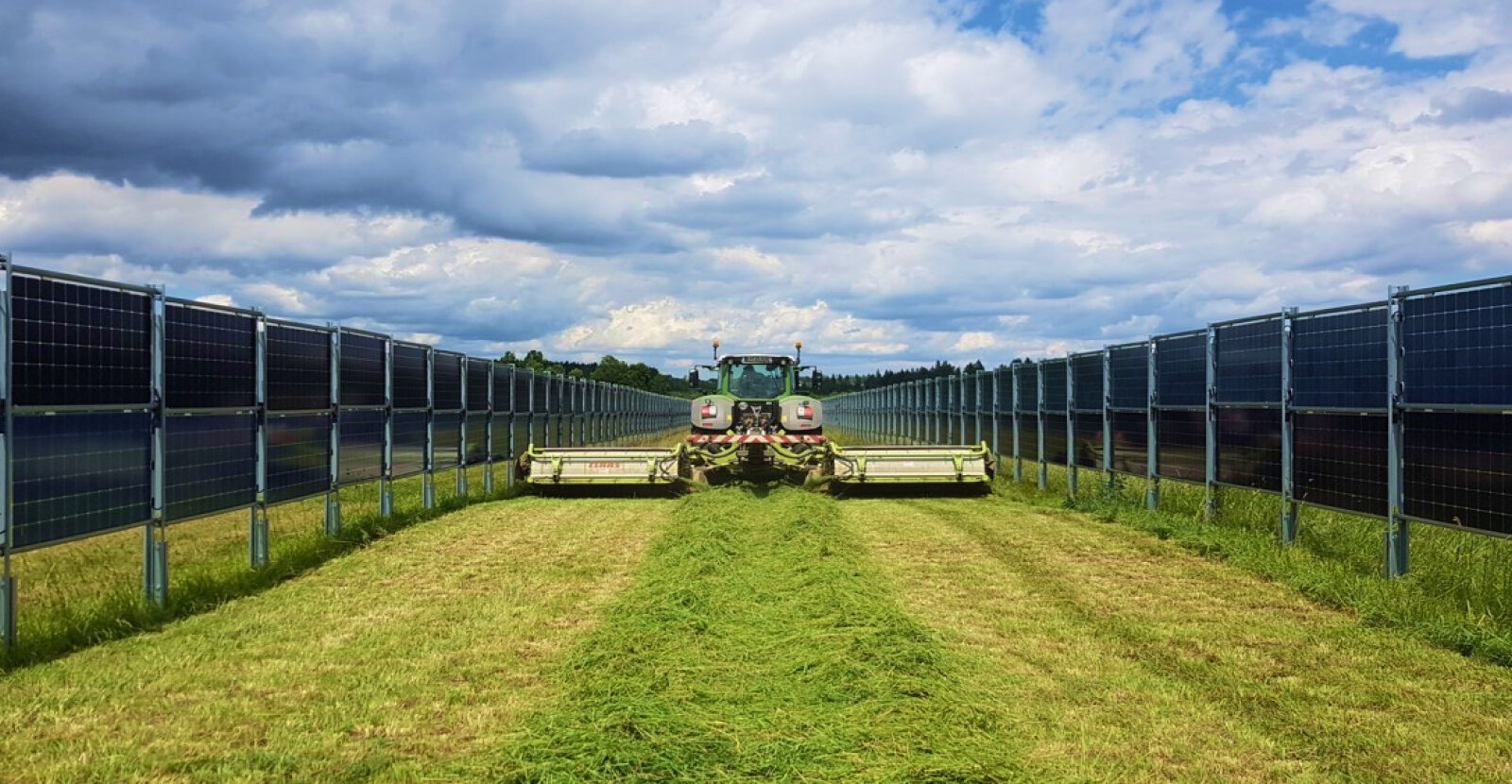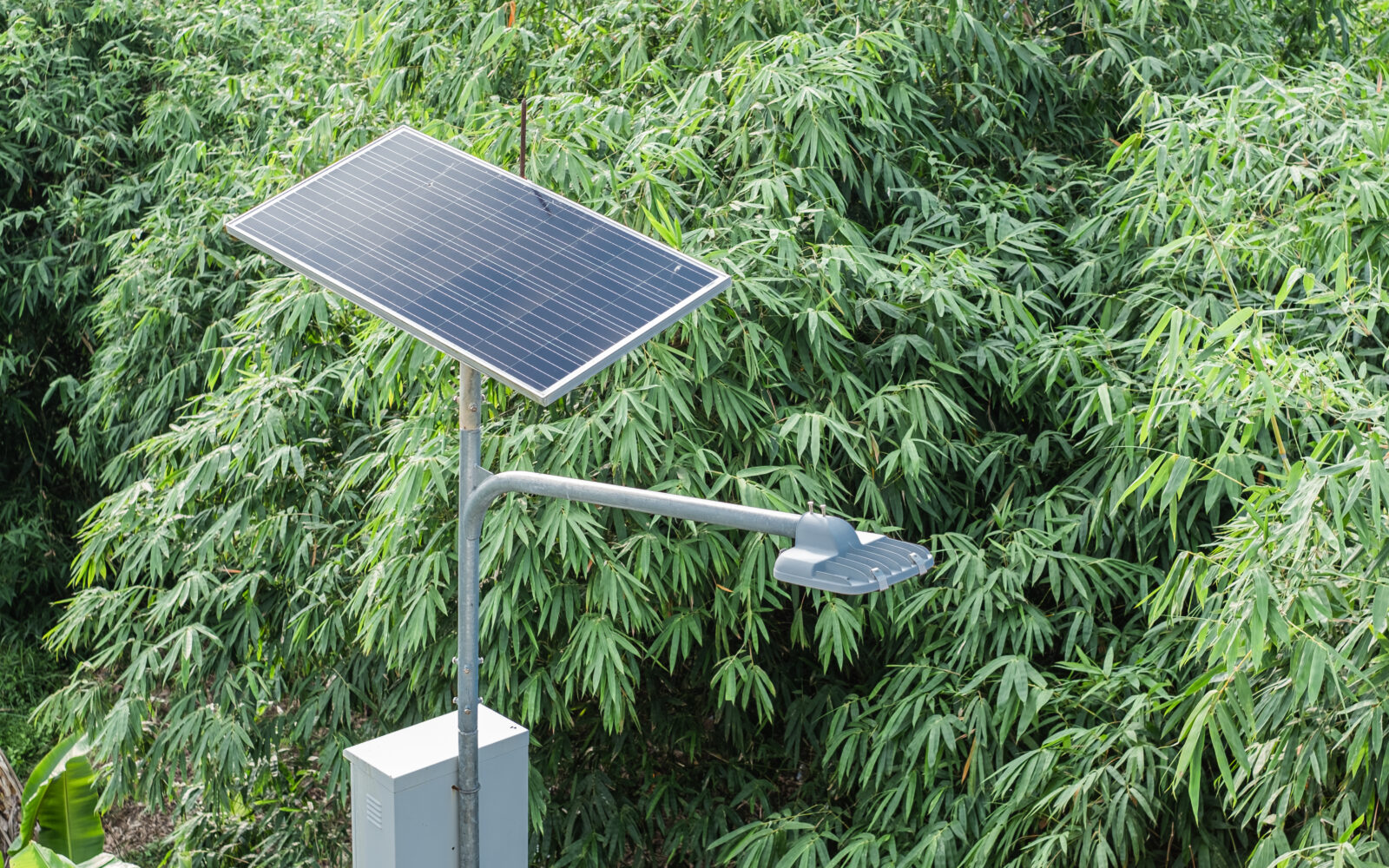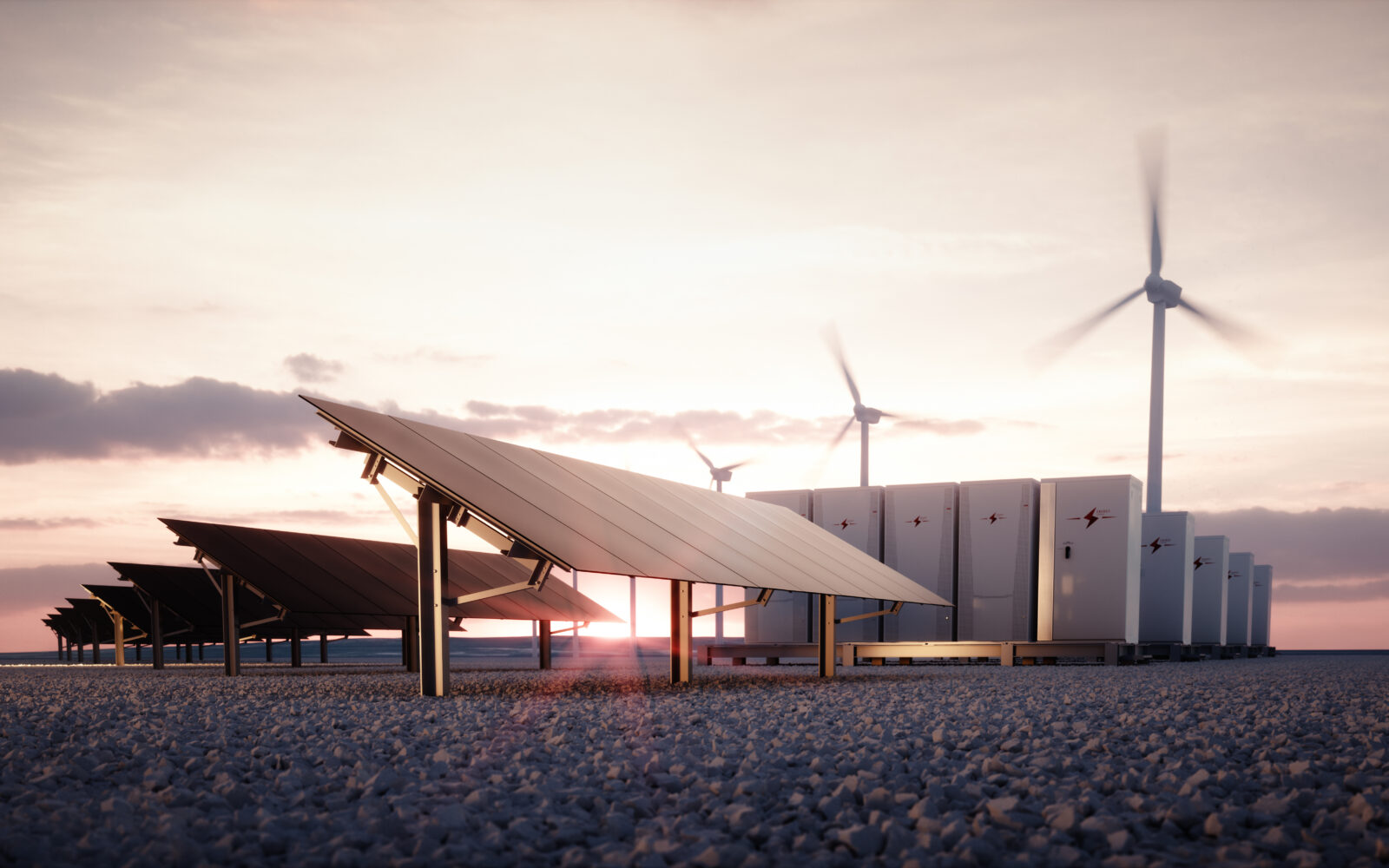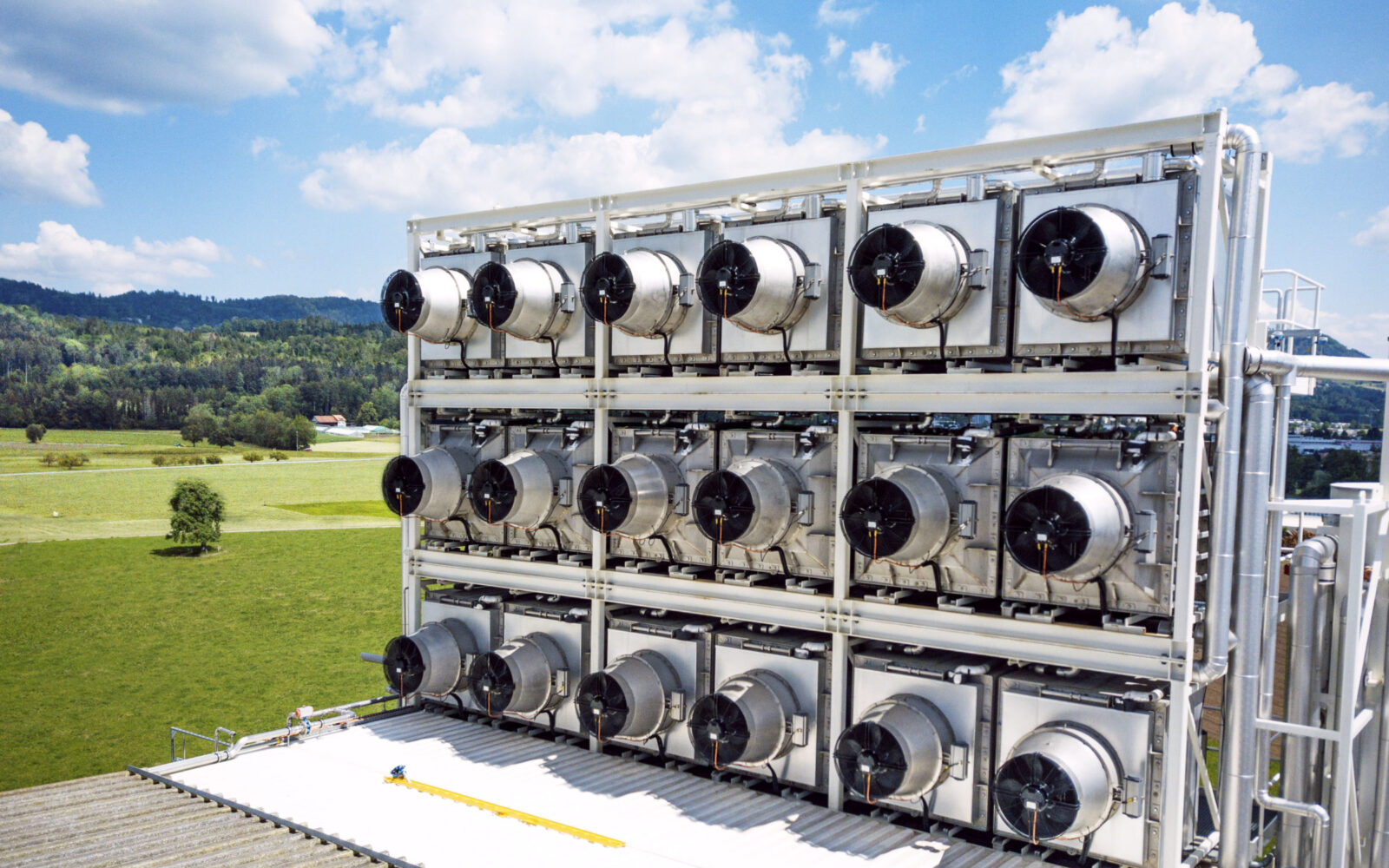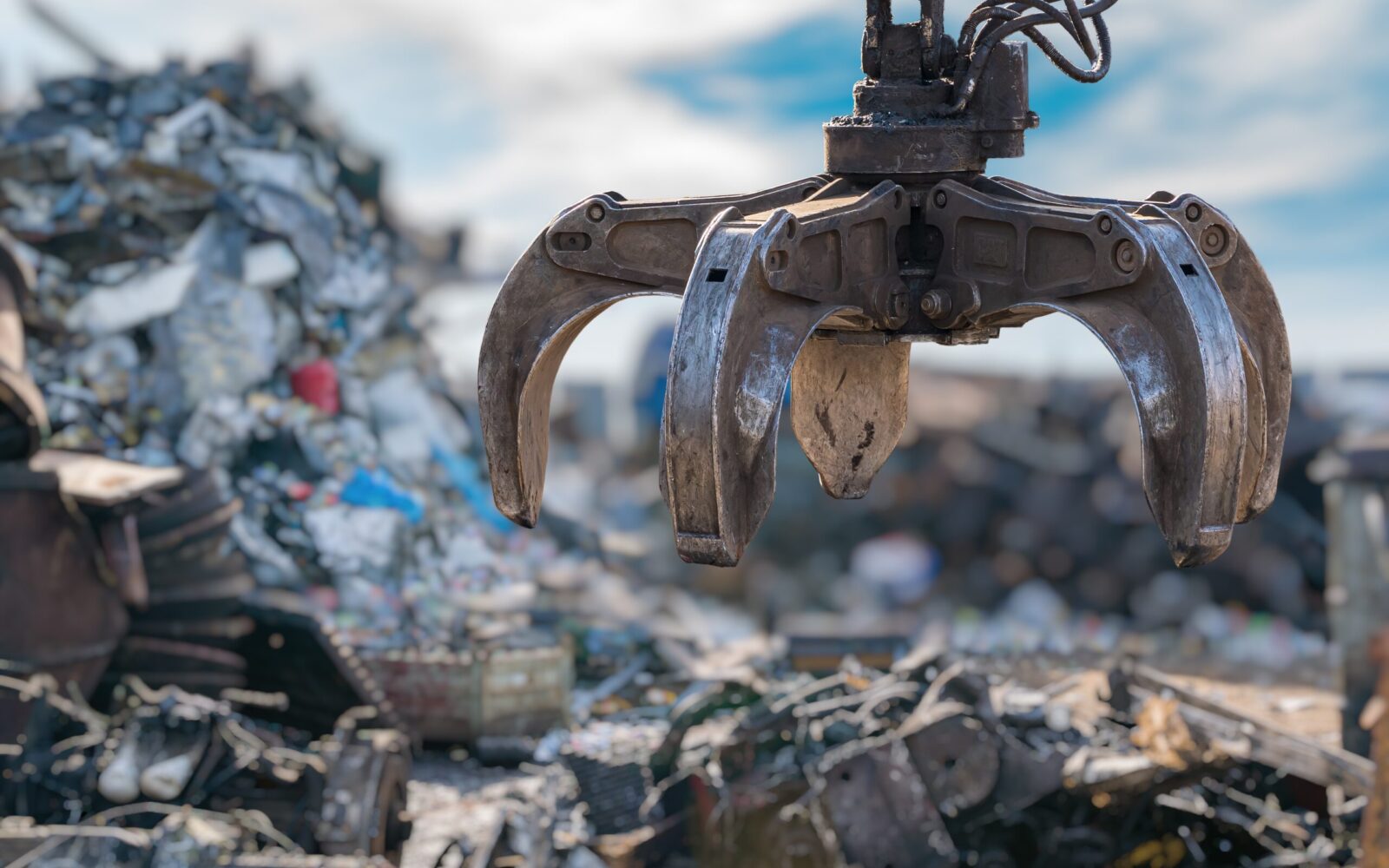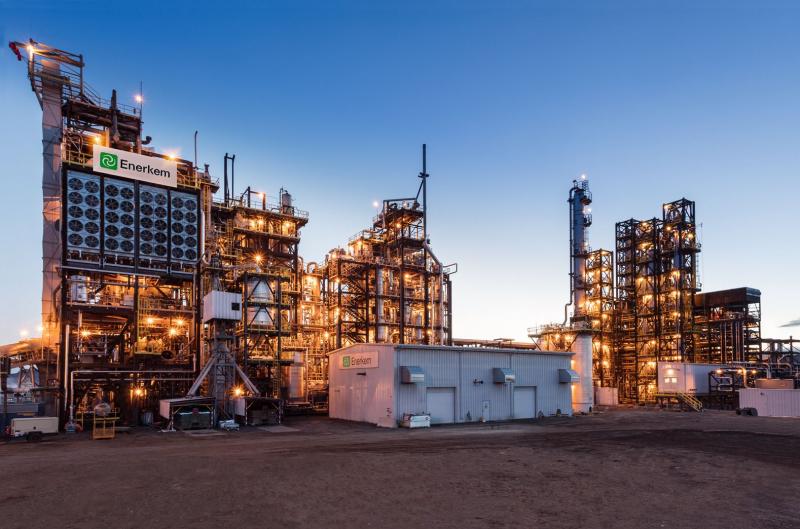It has become clear that carbon prices need to be raised if we are to hit our climate neutrality goals. To achieve this goal, major emitters in the manufacturing, buildings and transport industries need to switch from using fossil fuels to the clean energy sector. According to a new report, carbon pricing system needs to be at least tripled in order to make this switch happen in the EU.
The agenda of carbon pricing
Carbon pricing is a system that places a price on carbon dioxide emissions. The more carbon dioxide your company produces, the more you pay. It’s as simple as that.
But there is beauty in this simplicity – The aim of carbon pricing system is to decrease the amount of greenhouse gases that industries emit annually. The system was designed to target the top management of companies that work with fossil fuels, and to ask them an important question:
Is it more profitable for us to do business with renewables?
And the answer is: it depends.
It depends on the concrete price for a ton of carbon. For now, there is no global system that will lead the carbon pricing agenda. At the moment the countries, or alliances of countries, create their own carbon prices based on their own research and discussions.
Unfortunately many countries found it politically difficult to put a reasonable price on their carbon, one that will secure a deep carbon emissions reduction.
Right now the current price in the EU for 1 ton of carbon dioxide is around $25. According to a report by BNP Paribas the price should be $92, almost four times higher.
By 2030 the range of carbon prices needs to be raised from $92 to $122, in order to ensure that green hydrogen would be more competitive than gray hydrogen, which requires fossil fuels to be made.
Green hydrogen would be another very strong and efficient clean source of power to power our infrastructures and homes. Green hydrogen could even be the last resource that humankind would need, to secure carbon-neutral living, together alongside other renewables.
Countries and their carbon price agenda
In France and Australia, efforts to increase the price of carbon is met with backlash from people who are upset about higher energy bills.
But we can also see good examples of countries pivoting towards the carbon price agenda. Today, more than 40 countries worldwide integrate some sort of carbon pricing rules.
This year, Canada extended its carbon pricing system nationwide. Some provinces choose their own carbon pricing rules and some incorporate the national tax on fossil fuels.
Canada set their carbon price at $15 per ton of carbon dioxide for this year. In 2022, under the agenda of PM Justin Trudeau, will the price rise to $38 per ton? Canada wants to refund the revenue from higher carbon prices to Canadians on their tax bills. The refunds are calculated to offset higher energy costs for about 70 % of people.
Britain integrated carbon tax back in 2013. Since then, their greenhouse gas emissions have fallen to their lowest level since 1890. That is a great achievement, based on the carbon tax financial tool that motivated utilities to switch away from fossil fuels.
The adoption of a carbon tax system by European Parliament in 2013 is possibly the clearest example of a successful carbon tax, leading to a significant cut in emissions throughout the world.
Current carbon prices of major countries
Canada – $15 – $30 per metric ton of CO2
– Share of emissions covered per province – 47% – 90%
Britain – $25 per metric ton of CO2
– Share of emissions covered – 23%
United States
– Northeastern states – $5 per metric ton of CO2
– Share of emissions covered – 18%
California – $15 per metric ton of CO2
– Share of emissions covered – 85%
Australia – $10 per metric ton of CO2
– Share of emissions covered – minimal
Sources:
https://www.nytimes.com/interactive/2019/04/02/climate/pricing-carbon-emissions.html
https://www.bloomberg.com/news/articles/2020-10-02/carbon-price-needs-to-triple-to-spur-green-eu-hydrogen-growth











